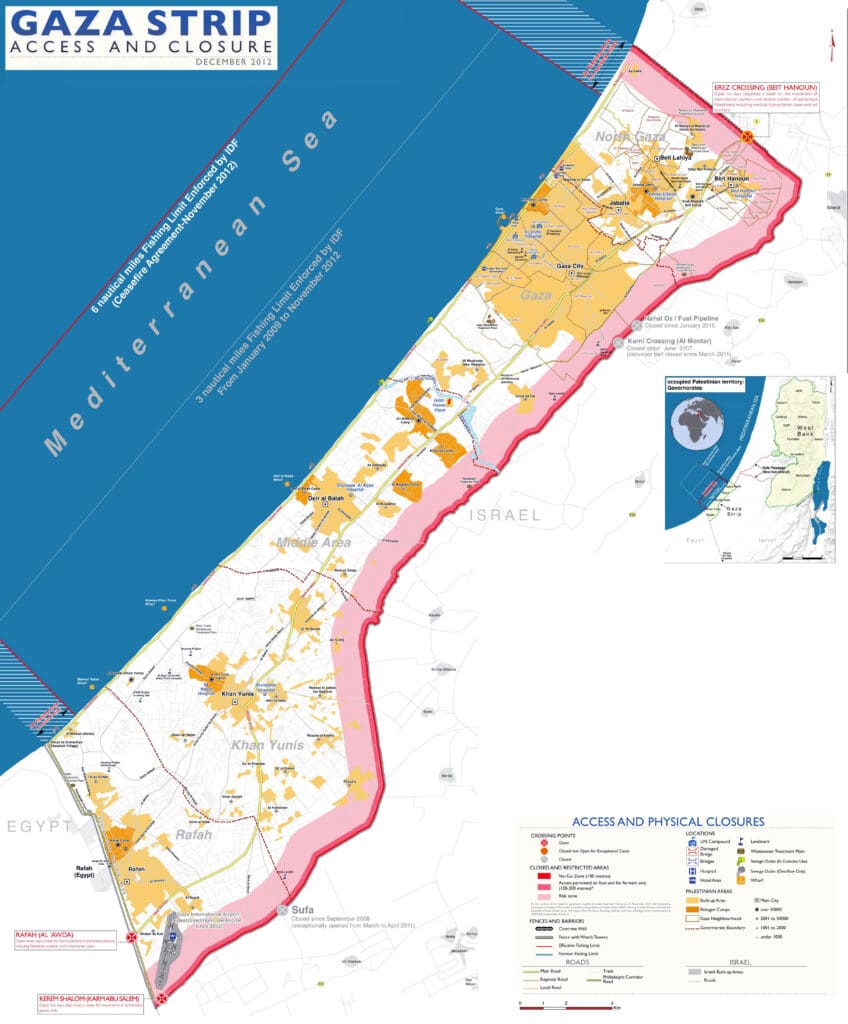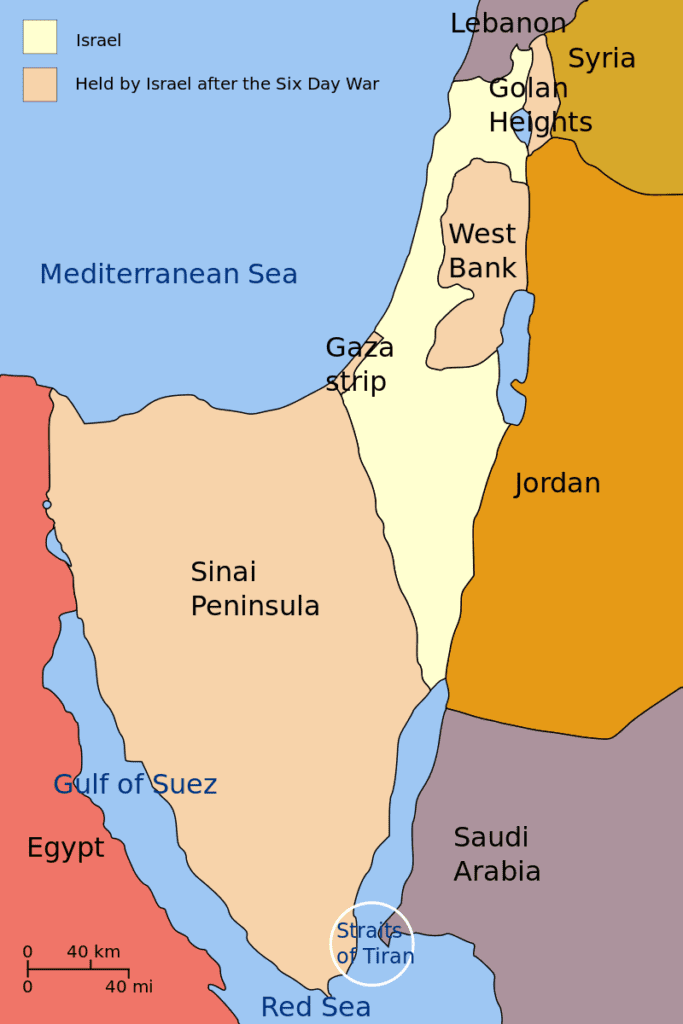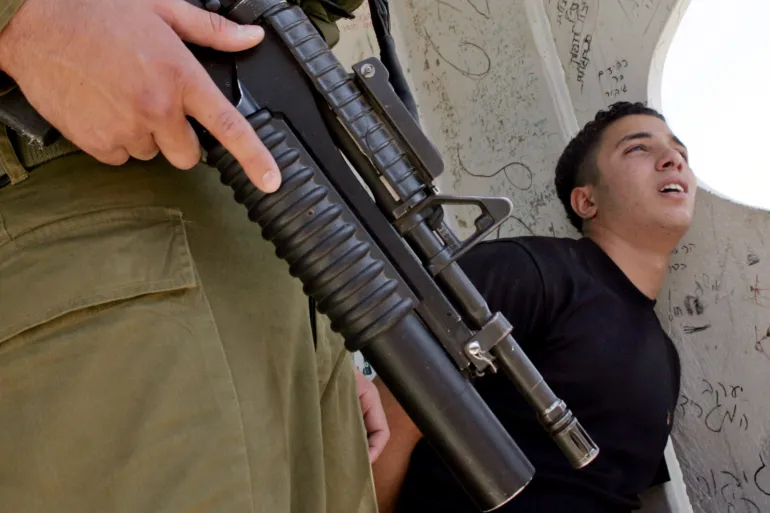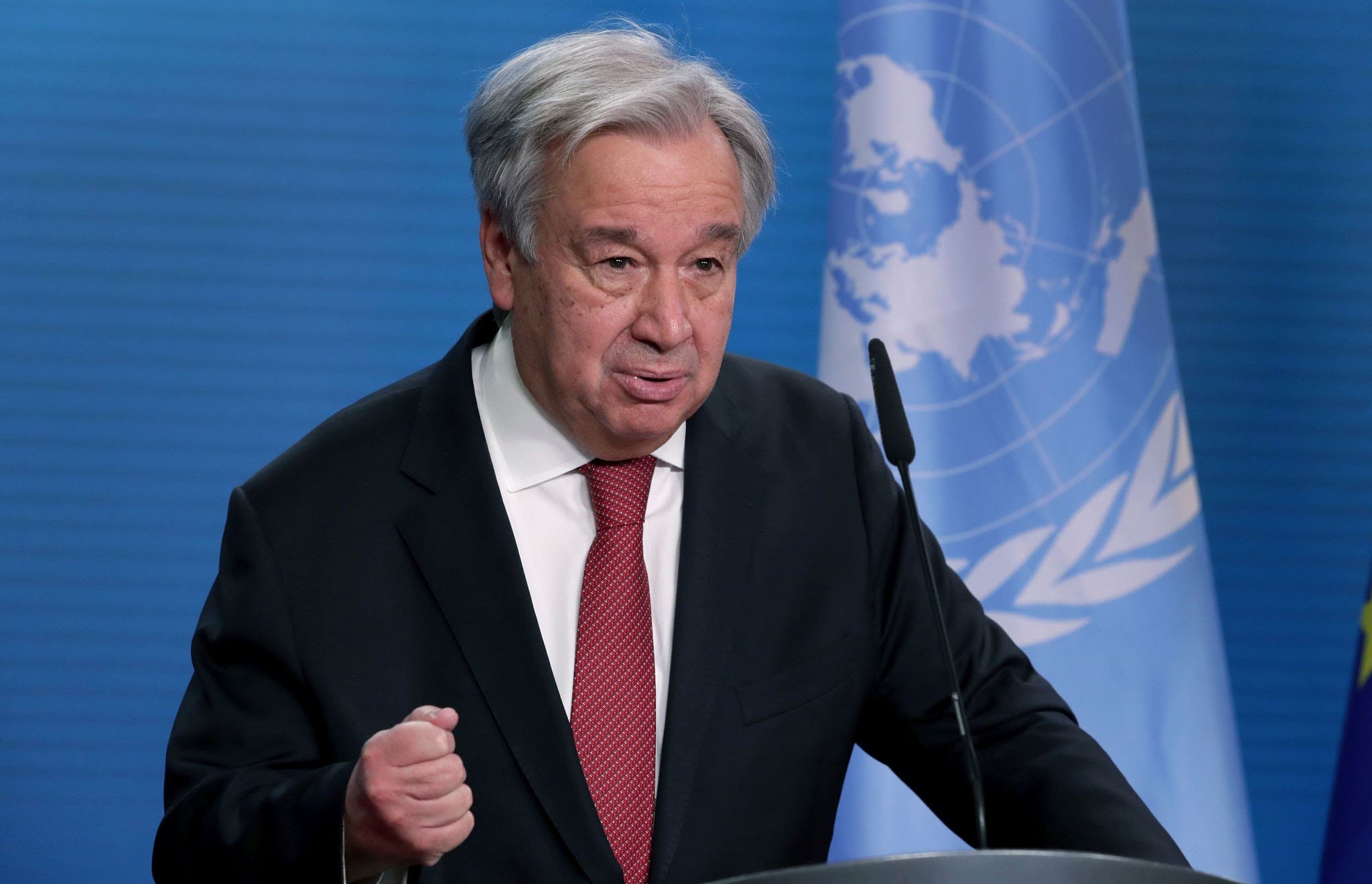The Right Way
There was a small country in the world surrounded by enemy states that closed their borders, preventing the people in that zone from entering any neighboring countries for more than 50 years.
It was considered the world’s biggest prison.
In 1949, the people of this country began freeing themselves from this imprisonment step by step. Here’s how they did it:
Instead of invading their neighboring country, slaughtering over 1,000 citizens at the border, raping women, burning children, and kidnapping hundreds of citizens, including babies and the elderly, they took a different approach.
First, they found ways to bypass their neighbors. Ten years after the initial lockup, they opened a harbor, and twenty years later, they established a commercial airport.
They did even more…
After 30 years, they signed a peace treaty with one of their neighboring states, allowing mutual trade and tourism. Fifteen years later, they signed a second peace treaty with another enemy country.
By 1994, they had effectively freed themselves from their imprisonment.
This tiny country is, of course, Israel. It was trapped between Egypt, Syria, Lebanon, and Jordan and also had to deal with the Arabs living in Israel, who were initially seen as enemies.
Today, when you hear the term “biggest open-air prison,” you might think of Gaza. However, Gaza isn’t the biggest one, and the people there handled their situation differently, bringing their current state upon themselves. Look where that got them.








